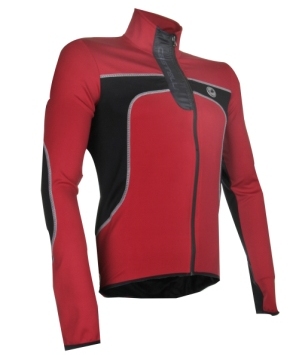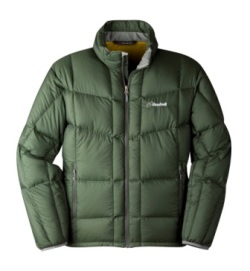Lake Cycling Winter Biking Boots
But these aren’t truly bike shoes. The MXZ301 model -- insulated leather high-tops with neoprene cuff closures -- are indeed full-on winter biking boots.

Lake Cycling Winter Biking Boots
The company (www.lakecycling.com) designed these boots for winter-weather mountain bikers and commuters. Many people -- myself included -- limp by biking year-round in summer-weight shoes, which are too light and breathable in freezing temps.
Lake's MXZ301 boots, in contrast, have sidewalls insulated with 3M Thinsulate, a cushy insole, and a top that seals tight above the ankle. They accept cleats to clip into pedals from Shimano, Crank Brothers, and other pedal companies, providing the same control and performance you get in the warm months.
I found the Lake boots to be toasty down to temps of 15 degrees or so. Pedaling hard -- and wearing good lofty socks -- most riders will be fine even in temperatures approaching zero degrees.
Fit on the foot is impressively precise, with a twist-lock lacing system that cinches cables via a small ratcheting wheel. The crisscrossing cords simultaneously pull tight on the top of your foot and in back, where an internal heel strap locks the foot in place.
They also go on fast and come off easy, making the boots perfect for workaday riders who pedal to the office and switch shoes before stepping inside.
On technical trails and singletrack, the MXZ301 boots felt heavier and more bulky than my regular bike shoes, but not overbearingly so. I spun fast, jumped, and cranked up snow-covered hills with relative ease.
Off the bike, the boots feel stiff while walking, just like all biking shoes. But they are comfortable enough to hike in if needed, as the clip-in cleat is recessed into the sole. Traction was good on snow, as an aggressive rubber tread and two screw-in metal spikes on the front of the foot bite into the ground.
My one complaint with the boots was their hefty $249.99 price tag, which puts them out of reach for many riders. But for their demographic -- the niche of riders who need toasty, top-performing footwear for the winter months -- Lake's high-quality bike boots are one of the only things going.




 Subscribe to Stephen's RSS Feed
Subscribe to Stephen's RSS Feed
 Subscribe to Stephen's RSS Feed
Subscribe to Stephen's RSS Feed